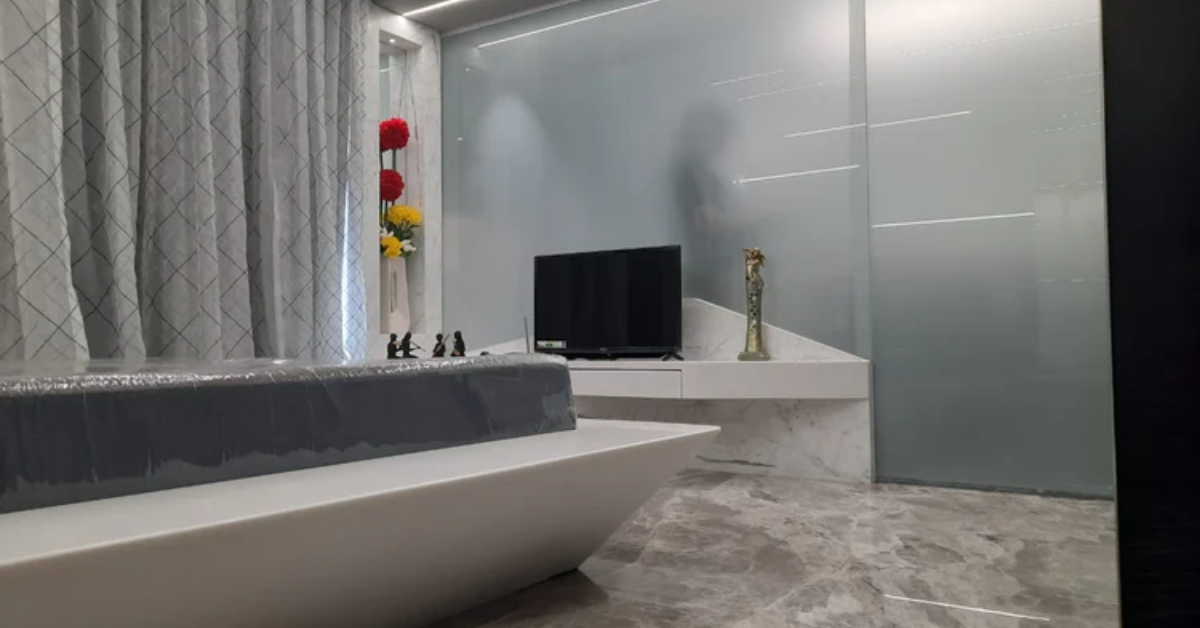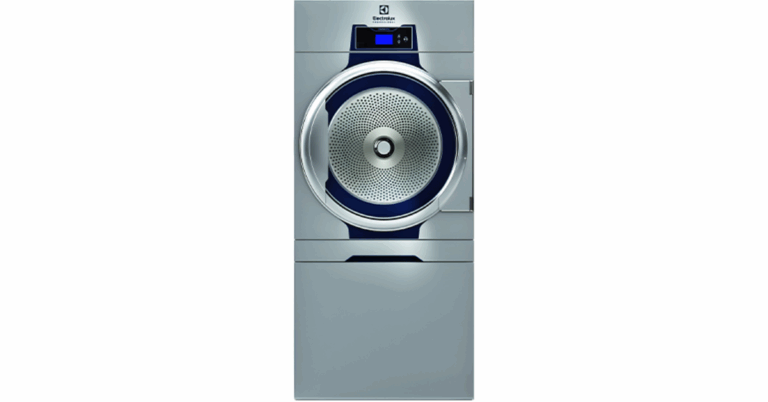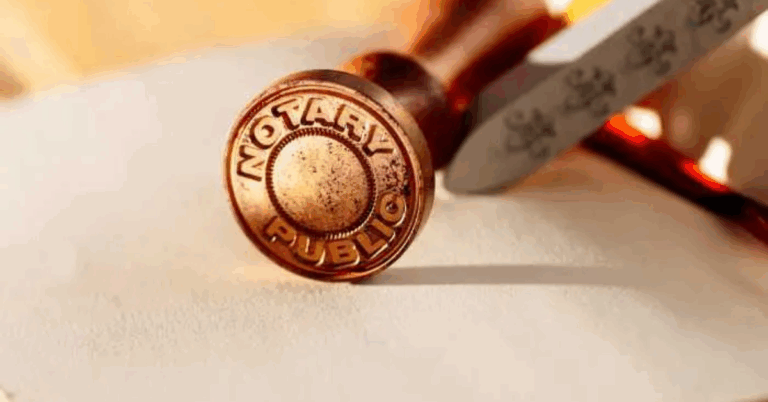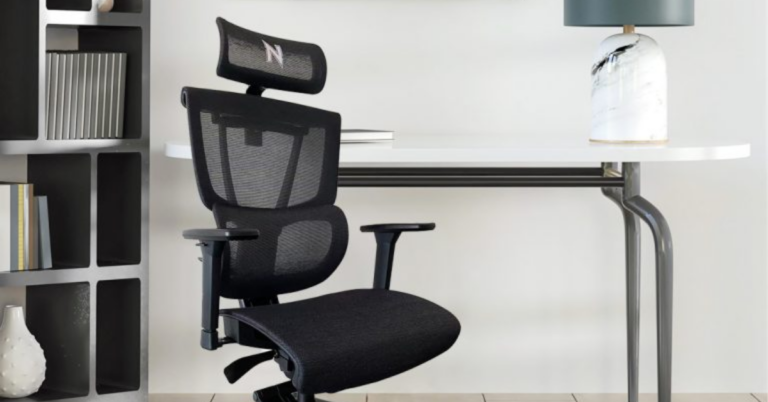Understanding Marble Price: A Comprehensive Guide
Marble has been a symbol of luxury and elegance for centuries. It’s a timeless material used in architecture, interior design, and fine art. Whether it’s for countertops, flooring, or decorative elements, the quality and price of marble can vary significantly depending on various factors. In this article, we will explore what influences Marble Price the types of marble available, and how to choose the right marble for your needs.
What Affects Marble Price?
The price of marble is influenced by several factors. These include the type of marble, its origin, color, quality, and finish. Additionally, market conditions and transportation costs play a significant role in the final price. Let’s break down these factors:
1. Type and Quality of Marble
Marble comes in a wide variety of types, each with its unique characteristics and price range. Some marbles, like Carrara or Calacatta, are renowned for their luxurious appeal and can command higher prices. The quality of the marble is equally important. High-quality marble is characterized by minimal veins, consistent patterns, and a smooth surface.
2. Marble Origin
The place of origin significantly affects marble prices. Italian marble, for instance, is considered the gold standard for high-end marble due to its rich history and exceptional quality. Other marble-producing countries include India, Turkey, and Spain, which may offer more affordable options compared to Italian marble.
3. Color and Pattern
Marble is available in various colors and patterns, which can dramatically affect its price. White and black marbles are classic, but rarer colors such as green, pink, and blue marbles can be more expensive. Unique patterns or veining also influence pricing; marbles with intricate and rare patterns typically cost more.
4. Finish
The finish of marble can impact its cost. Polished marble, for example, is highly glossy and smooth, often seen as a more luxurious option. Other finishes, like honed or brushed marble, have a matte or satin look and are usually less expensive than polished versions.
5. Transportation and Installation Costs
The cost of transporting marble from the quarry to your location can add to the overall expense, especially for imported marble. Additionally, the cost of professional installation should be considered. Skilled labor is required to ensure the marble is cut, fitted, and installed correctly, and this service adds to the total cost of the project.
Common Types of Marble
Marble is categorized by its color, pattern, and region of origin. Below are some of the most popular types of marble and their associated costs:
1. Carrara Marble
Carrara marble is perhaps the most iconic and widely used marble. Originating from Carrara, Italy, it features a white background with light grey veining. It is highly sought after for its elegance and classic look, making it one of the most expensive options on the market.
2. Calacatta Marble
Similar to Carrara, Calacatta marble is also sourced from Italy, but it is rarer and features bold, dramatic veins in gold, grey, or brown. Due to its rarity and striking appearance, it is often more expensive than Carrara marble.
3. Statuario Marble
Statuario marble is another luxurious Italian marble known for its pure white background and striking, bold veins. It is commonly used in high-end projects like sculptures and expensive interiors.
4. Indian Marble
India produces a variety of marbles at more affordable prices. Types like Makrana and Ambaji are known for their elegance and availability in various colors, including white, cream, and beige. Indian marble can be a more cost-effective option without sacrificing beauty.
5. Turkish and Spanish Marble
Turkish and Spanish marbles are known for their unique and colorful patterns. These types of marble can be less expensive than their Italian counterparts, making them a popular choice for homeowners on a budget.
How to Choose the Right Marble for Your Project
Choosing the right marble depends on several factors. Here’s what to consider:
1. Purpose of Use
Determine what you’re using the marble for—whether it’s for flooring, countertops, wall cladding, or decorative pieces. Some types of marble are better suited for high-traffic areas, while others may be more suited to decorative or artistic purposes.
2. Color Scheme
Marble comes in a wide range of colors, so it’s essential to choose a marble that complements your existing décor or the look you want to achieve. For example, white marble is ideal for a clean and classic look, while black or green marble may add a more dramatic touch.
3. Budget
Marble prices vary greatly, so it’s essential to set a budget before making a decision. While some marbles, like Carrara and Calacatta, are quite expensive, other varieties may provide a more budget-friendly option without compromising too much on appearance.
4. Finish
The finish you choose will impact the overall look and feel of the marble. Polished marble provides a glossy, shiny surface, while honed or matte finishes offer a more understated, contemporary look. Consider the maintenance required for each finish type as well.
Maintenance of Marble
Marble is a natural stone, which means it requires proper care and maintenance to preserve its beauty. Here are some tips for maintaining your marble surfaces:
-
Cleaning: Regularly clean marble with a pH-neutral cleaner to avoid damaging the stone. Avoid harsh chemicals that could cause discoloration or damage the surface.
-
Sealing: Marble should be sealed to prevent stains from liquids like wine, coffee, or oils. Sealing will help maintain the integrity of the surface and make cleaning easier.
-
Avoid Scratches: While marble is durable, it can scratch easily. Be careful with sharp objects or abrasive materials that might damage the surface.
-
Polishing: To maintain the glossy finish, consider periodically polishing your marble surfaces with a marble-specific polish. This will help keep it looking like new.
Frequently Asked Questions (FAQ)
1. Why is marble so expensive?
Marble is expensive due to its rarity, the labor-intensive process of quarrying, and its high-quality aesthetic appeal. The cost of transportation and installation also contributes to its price.
2. How do I know if marble is of good quality?
High-quality marble should have a consistent color and pattern without significant imperfections. It should feel smooth to the touch, and the veining should be uniform.
3. Can marble be used for kitchen countertops?
Yes, marble can be used for kitchen countertops, but it requires regular sealing and maintenance. It is more susceptible to stains from acidic substances like citrus or vinegar.
4. Is marble a good investment?
Marble is a durable material that can increase the value of your home, especially when used in kitchens and bathrooms. However, it does require regular care to maintain its appearance.
5. How much does marble cost per square foot?
The price of marble can range from $10 to $200 per square foot, depending on the type, quality, and source. Italian marble tends to be more expensive, while marbles from other regions may be more affordable.
Conclusion
Understanding marble prices can be complex, but knowing what factors influence the cost, the types of marble available, and how to choose the right one for your project will help you make an informed decision. Whether you’re renovating a kitchen or adding elegance to your home with marble flooring, investing in high-quality marble is always a good idea if you maintain it properly.






